Iran, Russia strategic partnership put in fast lane
Russian President Vladimir Putin on Monday signed a law ratifying a comprehensive strategic partnership agreement with Iran for closer cooperation in trade, defense, energy, and regional infrastructure projects.
The signing and its ratification provide a solid framework for the long-term development of relations between the two countries and pave the way for deepening cooperation in various fields without much ado.
This was in full view on Friday when Moscow and Tehran reached a deal on 55 billion cubic meters of Russian gas supplies a year, while Russia also pledged to fund construction of a new nuclear power plant in Iran.
Minister of Petroleum Mohsen Paknejad, who had traveled to Moscow for the signing, further said Iran will sign a $4 billion agreement with Russian companies to develop seven Iranian oilfields.
Formed on the basis of developing relations between the two countries in the last few decades, the agreements are another step in their bid to remove barriers in all spheres of their cooperation.
Both Iran and Russia are under Western sanctions – a casus belli which motivates them as two major players in the current situation to work closely together to create a balance against the unipolar system.
This strategic convergence in various areas, including against the unilateral economic policies of the West, sends a strong message that Iran and its neighbors, especially Russia, can take outside pressures in their stride and play a role as an effective power in the new world order.
Their military and security cooperation, on the other hand, creates a counterweight that will help maintain and strengthen stability and peace in the region and the world against common threats.
A key feature of the strategic partnership agreement is its provision for a balanced and profitable cooperation for both parties, without the unctuous reliance of one side on the other.
Russia’s capacities and its serious need for cooperation with Iran, especially in the fields of energy and transit, underpin the contours of balanced bilateral engagement between the two countries.
Iran, with its strategic position at the crossroads of energy and international trade networks, and Russia, as a country with endless resources, a developed industry, and extensive influence, have tremendous potential for cooperation.
Their partnership is not just a tactical or short-term measure, but is designed as a long-term strategy to develop economic and political relations with a view to strengthening their global position and breaking the unipolar system created by the Western powers.
Developing a north-south trade corridor, with a view to align the global south against the West, is a centerpiece of Russia’s geoeconomic and geopolitical program. President Putin has declared this corridor the foundation of a new strategic alignment with Iran.
The economic dividends Russia and Iran will reap once the corridor comes to life are abundant. With its completion, trade routes between the two countries will be shorter, and costs will be reduced significantly.
Trade and investment is another priority area, where the agenda includes the development of joint markets and investment in infrastructure projects.
Last year, trade between Iran and Russia grew by 15% to $5 billion, with Paknejad saying Friday that the potential is far greater and that the two countries will aim to double it.
The two countries have already switched to trade in their national currencies and joined the free trade zone between the Eurasian Economic Union and Iran. Russia’s card payment system MIR, intended as an alternative to Western payment processing systems, is about to become available in Iran in the summer of 2025.
Another area is technology and science, where both Iran and Russia have extensive potential for scientific research.
The comprehensive partnership agreement provides a platform for sharing knowledge and collaboration in such fields as nanotechnology, aerospace, artificial intelligence, and medical sciences.
Russia could use Iran’s advancements in certain types of technologies, such as gas turbines that are essential for Russia`s oil- and natural gas-producing industries.
One of the overlooked aspects of the Iran-Russia relations is cultural exchanges. Culture and tourism is another area which their strategic agreement is to cover, facilitating tourist travels and joint cultural programs.
Their participation in organizations like the Shanghai Cooperation Organization (SCO), the BRICS group of emerging economies, and the Eurasian Economic Union further offers new model of regional and global cooperation.
These important economic blocs provide a platform for greater synergy and coordination between Iran and Russia and represent their opposition to the unipolar order.
Simply put, the strategic agreement between Russia and Iran is the most important milestone in their bilateral relations, pivoting from cautious engagement to fuller collaboration across a range of dimensions.
The most crucial aspect of this collaboration is the development of economic ties in which they have begun to invest substantially. The agreements signed in Moscow Friday are the clearest testament to an evolving landscape where unilateral sanctions are set to lose their viability and the affected countries will find a path to economic prosperity.T
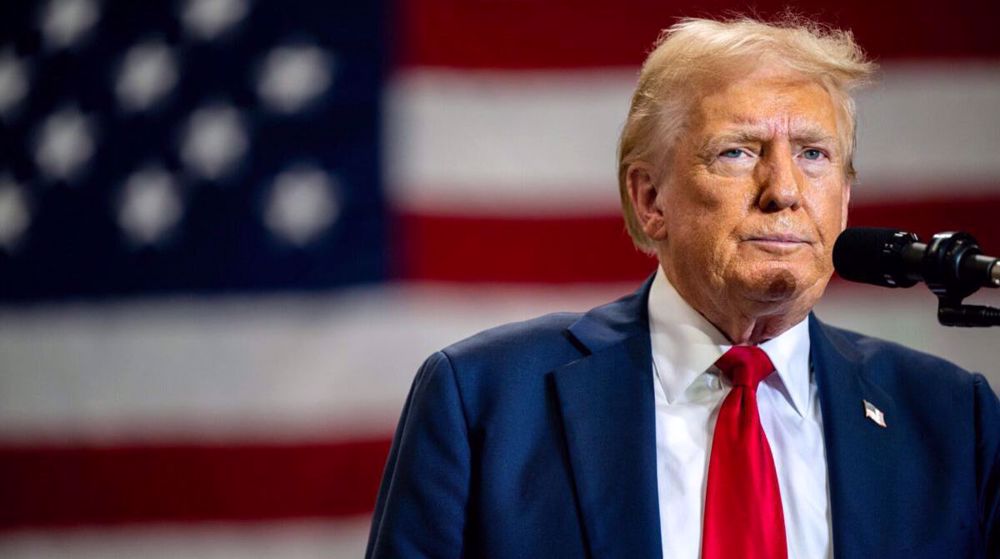
In significant policy shift, Trump says China can keep buying oil from Iran
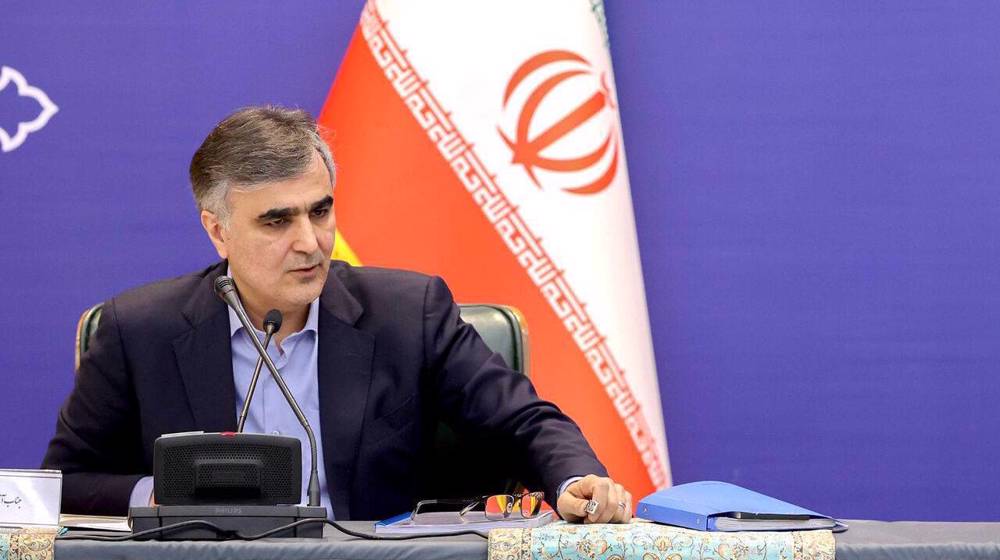
Israeli regime’s war failed to disrupt Iran's banking system: Top banker
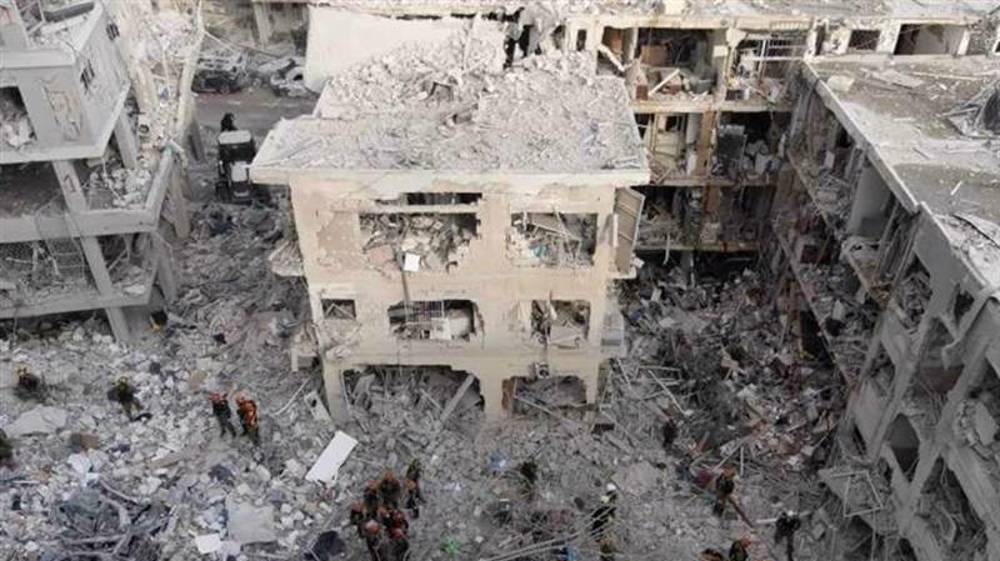
Israeli regime’s losses from Iran's direct missile hits estimated at $1.3bn: Report
627 martyred, 4,870 injured in Israeli aggression against Iran: Health ministry
Iran favors a region free of weapons of mass destruction: Pezeshkian
Maj. Gen. Ali Shadmani, commander of Iran’s top military command unit, attains martyrdom
Iran’s government to fund reconstruction efforts after Israeli aggression: MP
Iranian airspace opens to intl. flights after 12-day Israeli-US aggression
BRICS member states condemn Israeli-American aggression against Iran
Israel agreed to halt aggression against Iran to ‘save’ itself, says ex-Trump aide
Danish shipping giant Maersk divests from firms linked to Israeli settlements


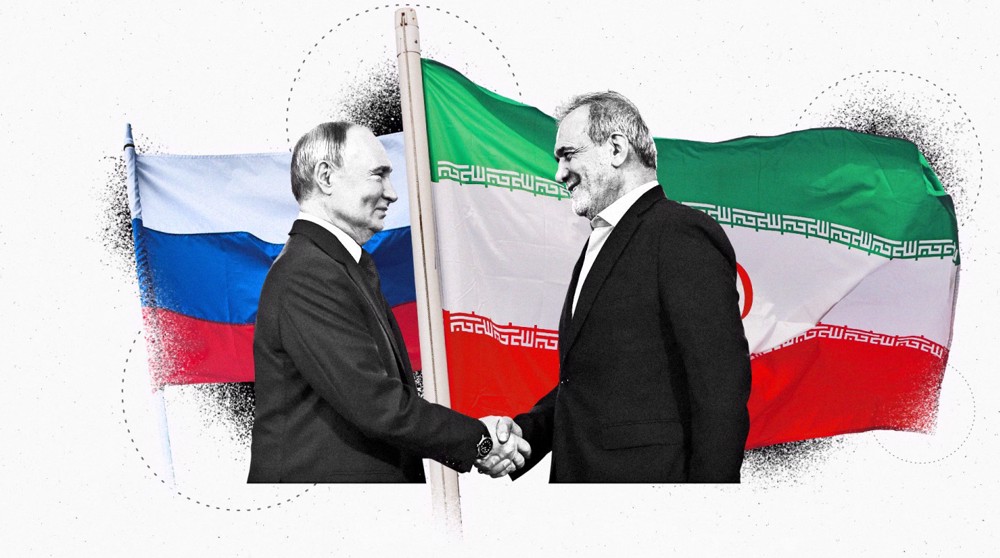
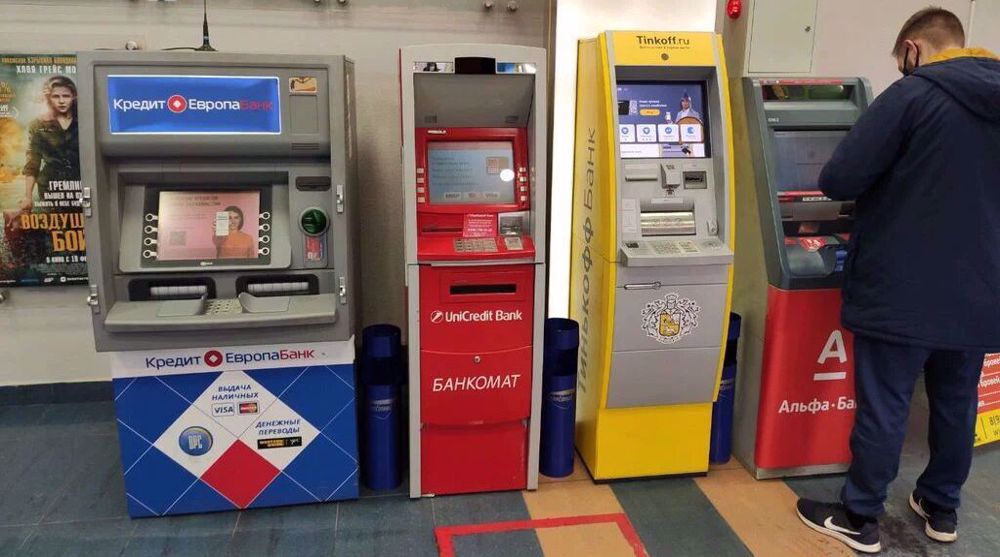




 This makes it easy to access the Press TV website
This makes it easy to access the Press TV website